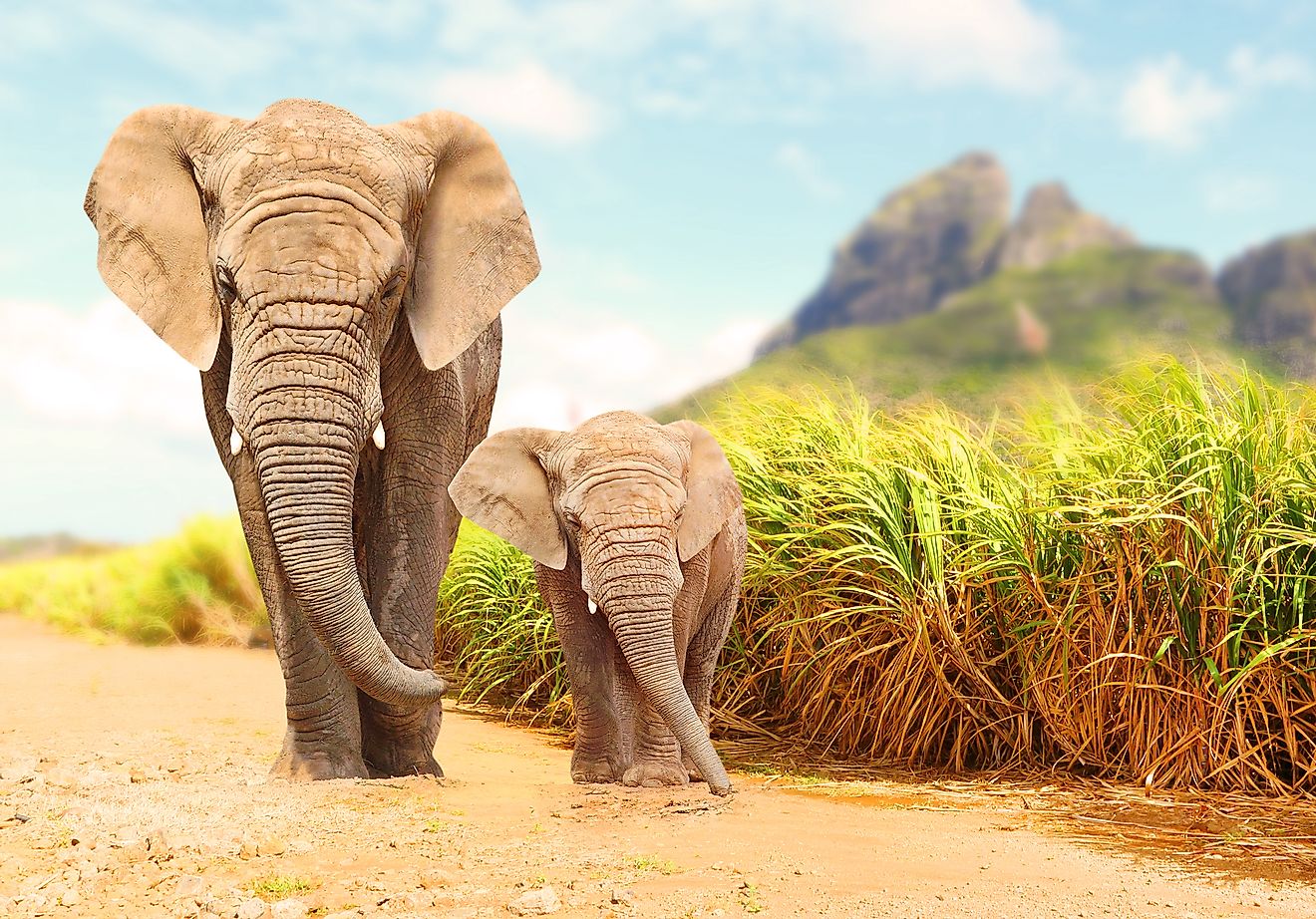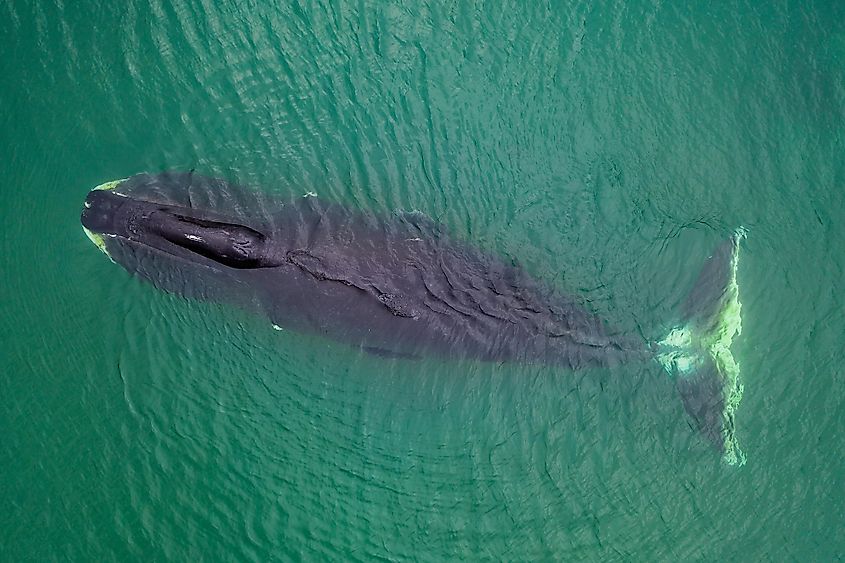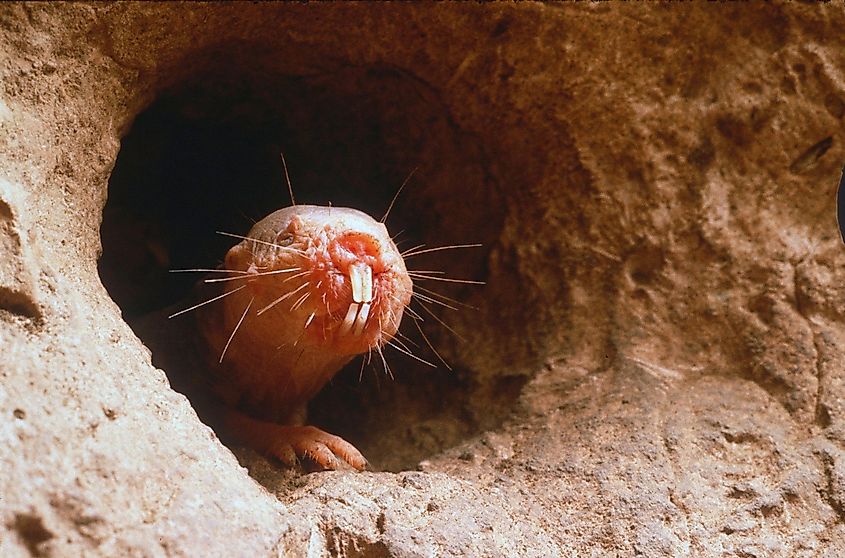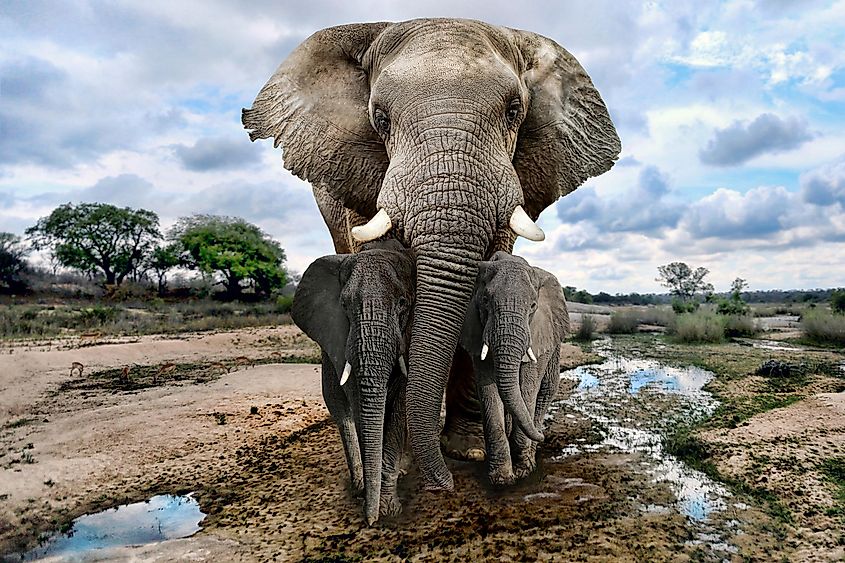Animals That Do Not Get Cancer

- It is a myth that sharks do not get cancer.
- Naked rat moles may help scientists understand more about preventing cancer.
- Elephants have extra copies of a cancer-suppressing gene.
Cancer is prevalent in the animal kingdom. Cancer affects mammals, reptiles, birds, fish, and mollusks. Some species develop cancers similar to humans. Examples of these species include pets in our homes such as cats, dogs and domestic animals such as horses. Second-hand cigarette smoke is one of the risk factors for the development of cancer in domestic animals. Wild animals get cancers too. Some wild animals develop rare forms of cancer that are contagious within the species, an example being the Tasmanian devil.
Sea animals can also get cancer. The risk of cancer in sea animals is increased by pollutants in water bodies. A population of sea lions in California is known to suffer from urogenital cancers. In St. Lawrence Estuary, Canada, 27% of beluga whales suffer from intestinal cancer. In the past, sharks have been said to be cancer-resistant. This fact is a myth. Sharks can get melanoma, a form of skin cancer.
The mortality rate of cancer in animals is similar to that suffered by human beings.
However, not all animals get cancer.
Peto’s Paradox
Normally, old and damaged cells are destroyed. However, in cancer, old and damaged cells keep replicating creating more rogue cells. As the number of rogue cells increases, a tumor grows. Theory has it that the more the cells in an organism and the longer an organism lives, the more the likelihood of one of its cells succumbing to a random mutation and becoming cancerous. It would, therefore, be expected that larger organisms are more prone to cancers. This correlation was disputed by Richard Peto, in what is referred to as the Peto’s paradox. Richard Peto argues that the prevalence of cancer does not correlate with the number of cells in an organism. Pedo’s paradox is demonstrated by animals such as the bowhead whale, elephant, and the naked rat mole.
While many animals get cancers just like humans do, few species rarely get cancer, or never get cancer at all. These are:
Bowhead Whales

Bowhead whales are among the largest mammals. They can grow up to 20 meters long and weigh up to 100,000 kilograms. Bowhead whales have as estimated 3.7 quadrillion cells. With so many cells and such a long life expectancy, it would be expected that the Bowhead whales be prone to cancer. This is because the cells of bowhead whales have plenty of opportunities to mutate and become cancerous. However, Bowhead whales do not get cancer, even if the cancer is experimentally induced into the cells of the whale. The Bowhead whales genome contains mutations that help prevent DNA from being damaged, therefore protecting the whale from cancer. The exact genes have not been identified. Bowhead whales are the longest living mammals. They can live for over 200 years.
Naked Rat Mole

Naked rat mole is a wrinkly, hairless underground mole with huge front teeth. This mole hardly ever gets cancer. The underground creature is resistant to both spontaneous cancer and experimentally induced cancer. No naked rat mole has been observed developing a tumor. The naked rat moles have a natural defense mechanism against cancer. A study in 2013 by Gorbuna and colleagues found out that the naked rat mole produces hyaluronan, a polymeric molecule that prevents it from developing tumors. Hyaluronan is a thick sugary like substance, present in the spaces between cells. Even when these cells mutate, the hyaluronan prevents them from further division. Humans also produce hyaluronan. Though, the hyaluronan of humans is different from that of the naked rat mole. The hyaluronan of the naked rat mole is in longer chain form, whereas that of humans is in shorter chain form.
Besides, naked rat moles have 5 times the level of hyaluronan as humans do. Naked rat moles can live for up to 30 years, whereas a similar sized mouse lives only up to 4 years. Naked rat moles offer hope for the future of cancer treatment.
Elephants

Elephants have lower cancer rates. Only 5% of elephants die from cancer. The low cancer rates in elephants can be attributed to the fact that elephants have extra copies of the p53 gene, a tumor-suppressing gene. The p53 gene is the guardian of the genome. The p53 gene repairs damaged DNA by stopping the cell from proliferating so that it can repair itself. The gene also causes programmed cell death (apoptosis) of the cells that cannot be fixed.
What This Means For The Future Of Cancer Treatment?
Understanding how and why some animals rarely or do not get cancer at all could help us prevent or treat cancer. Scientists are investigating how this new knowledge could help develop cancer treatment. Scientists could create drugs that mimic the mechanism through which these animals resist cancer. One of the drugs being tested is Nutlin. In most human cancers, the p53 gene is mutated. Nutlin works by protecting the p53 gene, ensuring that it does not get destroyed.
Other studies seek to determine whether the cancer-protective genes in these animals could be implanted into humans to protect against cancer, other age-related diseases and promote longevity. Other studies explore ways in which hyaluronan in humans can be regulated to simulate that in naked rat moles. According to Gorbunova, such a treatment could be in the market soon, as hyaluronan is already used clinically. All that needs to be done is use the naked mole-rat long-chain version.
On the contrary, it is not clear whether these treatments will work well in humans. Molecules such as long-chain hyaluronan could have adverse effects on humans. Besides, genetic manipulation to incorporate these animals’ cancer-fighting genes in humans could result in incompatibility issues.
Several experiments using mice have demonstrated that the addition of numerous copies of the p53 gene in mice increased their resistance to cancer. However, the mice aged faster and were unable to produce offsprings at a younger age. Some of their internal organs shrunk. This gene in humans could have similar effects or worse. Genetic manipulation to treat or prevent cancer must be practiced with caution.











